Jake Dunn and Dr Claude Warnick from the Pure Mathematics group at Imperial College, London tell us all about their research using the Klein-Gordon equation to study black holes.

Jake Dunn is a PhD student at Imperial College, London.
Claude Warnick is a Lecturer in Pure Mathematics at Imperial College, London.
There is a long standing conjecture in the theory of general relativity that the final state of the gravitational collapse of a star should be a stationary black hole modelled by the Kerr solution. To this date there remains no mathematical proof of this statement, and it seems that we may have to wait a while before this result can be established. Even the simpler problem of black hole stability is a considerable mathematical challenge.
We may think of a stationary black hole as Continue reading




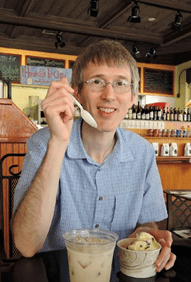
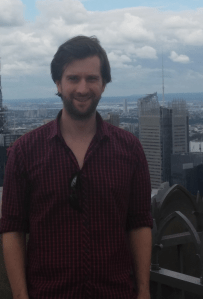
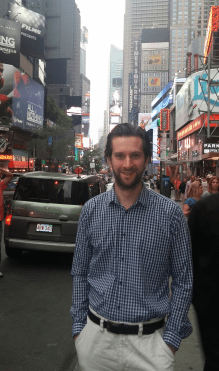
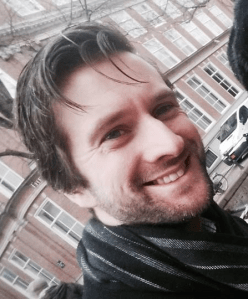

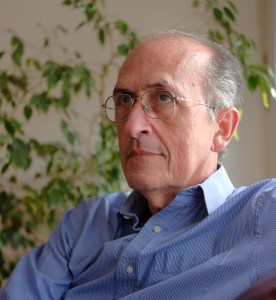
You must be logged in to post a comment.